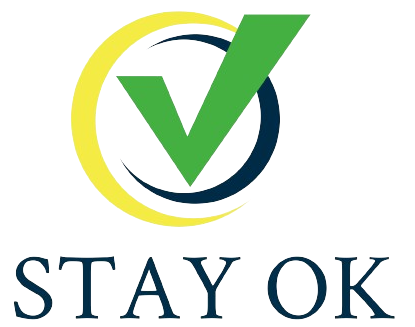Understanding blockages and skills gaps in small companies with regard to the issue of well-being at work.
STAY OK will carry out a transnational level study based on:
Employers' prospective
Sectoral prospective
The survey will detail skill gaps in the following areas in order to better target the training curriculum:
- career planning
- flexible and hybrid work mechanisms
- familiarity with artificial intelligence systems for managing workers
- knowledge of physical and technological barriers for workers with disabilities
- community wellbeing policies
- work/life balance for company managers
Overcoming bottlenecks through innovative tools and actions in the VET
Obstacles, skill gaps and company expectations will be managed through the creation of the STAY OK training curriculum, which will target small business leaders. This VET training programme will be field-tested and validated with the support of key stakeholders: At least 120 small business leaders will be involved in the pilot training and receive certificates. The participating companies will represent the professional and business services sector, areas completely focused on the provision of intellectual services. The course will be developed in compliance with EUROPASS, EQF, ECVET and will adopt a “blended” methodology (duration: 62, of which 42 hours training + 20 hours Work-Based Learning).
Ensure the sustainability of project results over time and after the date of conclusion of the project
The STAY OK project has a threefold follow-up mechanism to ensure that:
- the training programme can be easily incorporated into the training offer of VET providers and then re-used free of charge with the support of the Handbook for VET Providers (PR3),
- SME leaders and any other interested professionals can easily access the tested and validated course at any time and for free thanks to the innovative STAY OK MOOC, which will be available for 5 years after the end of the project (PR4) and
- small company leaders are provided with the Digital Tool to measure the company’s readiness in this regard at any time and follow up with adaptation and continuous improvement actions

